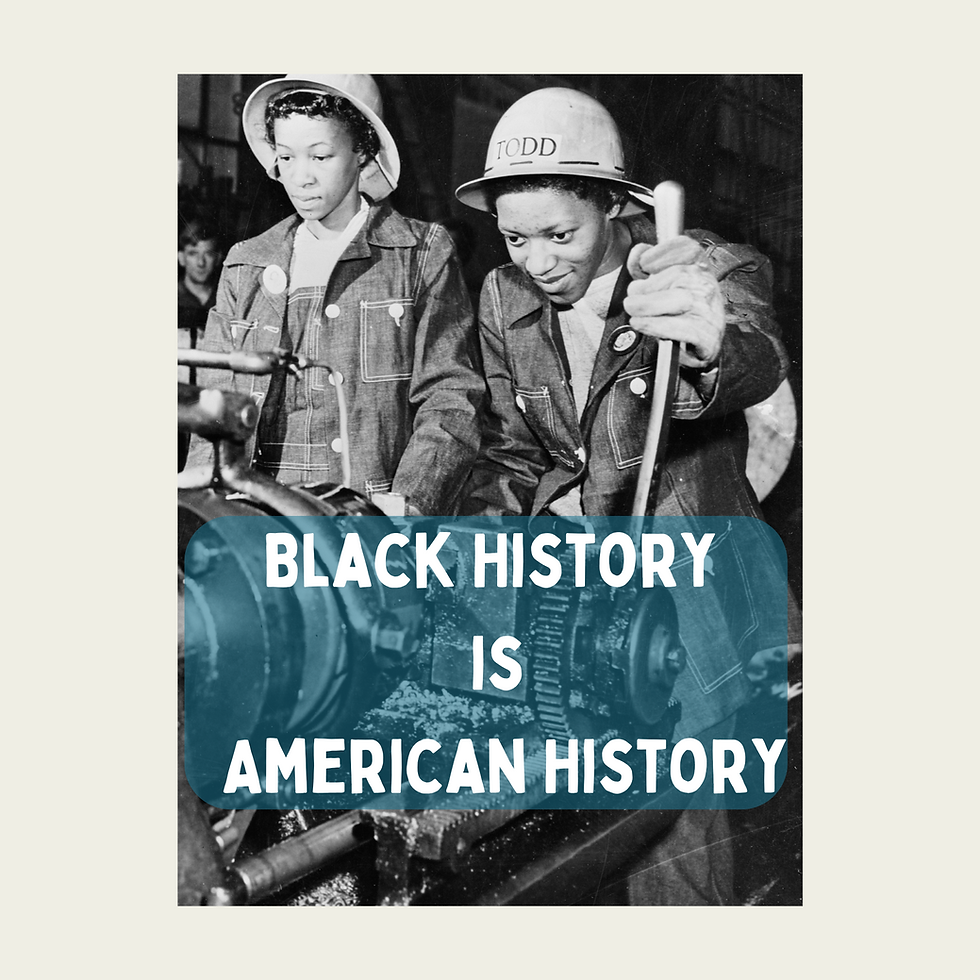Homeschooling | Bringing History to Life
- Courtney Guy
- Nov 20, 2024
- 3 min read
Updated: Dec 9, 2024
History is one of my favorite subjects, and I love creating unit studies that go beyond the textbook to make it exciting and engaging. Through crafting, cooking, playing, and reading, kids can experience history as a dynamic, living subject rather than just memorizing a list of names and dates. Here are my five favorite ways to bring history to life:
Crafting History

Bringing history to life through crafts and art allows kids to connect with the past in a hands-on, creative way. By making items like ancient pottery, pioneer quilts, or medieval shields, children gain a deeper understanding of the lives and cultures of people throughout history. For example, we recently crafted corn husk dolls during an event that recreated life on a colonial Maryland plantation. For our Plains Indian unit study, we made natural paints using charcoal, berries, and turmeric. The turmeric paint turned out bright and beautiful, while the others, though interesting, were a bit dull in comparison.
Cooking Up the Past

Cooking offers a delicious way to explore history, giving insights into how people lived, worked, and celebrated. For our unit study on Egypt, we made flatbread with a spread of honey and dates, while in our Farm History unit, we churned butter by shaking heavy cream in a jar. In the above picture, we learned how to make apple cider. Other ideas include baking honey cakes or simple bread from Ancient Rome or cooking "Hoover Stew" to learn about rationing during the Great Depression. Discussing ingredients, preparation methods, and the cultural significance of meals helps kids gain a deeper understanding of historical contexts.
History Through Picture Books and Historical Fiction

Stories are one of the most powerful tools for teaching history, transporting kids to another time and place. Books make history relatable and personal, helping children connect emotionally with the past. When we explore a historical period, event, or person, we often start with books and discussions, sometimes without adding any other activities. For our unit studies, books are always my first resource. For example, during a recent artist study on Frida Kahlo, I began by sharing a children’s book about her art. However, that study ended quickly when my 8-year-old, who can’t stand the sight of blood, decided Frida’s work wasn’t for him.
Field Trips and Hands-On Experiences

History truly comes alive when kids can see and touch it, and homeschooling offers the flexibility to explore museums, landmarks, and reenactments. Living in Maryland provides endless opportunities to visit historical sites and museums, many of which are free. This month alone, we’ve attended two historical reenactments. One was on an old plantation, and the other at a recreation of an American Indian village. At the village, we tasted smoked venison and dried berries, helped carve a bowl from soapstone, crafted a bowl from dried gourds, made string from yucca plants, and so much more—all at no cost. These experiences bring history to life in a way no book or lesson can.
Combining It All: Create a Unit Study

Unit studies bring learning to life by integrating crafts, cooking, games, and books into a comprehensive and immersive experience. For our unit on Ancient China, we read Where the Mountain Meets the Moon along with other books, made pottery inspired by the Qing Dynasty, created Chinese dragon puppets, cooked long noodles and dumplings, and attended a Lunar New Year show by the Baltimore Symphony Orchestra. This multidisciplinary approach makes learning meaningful, engaging, and unforgettable.

Comments